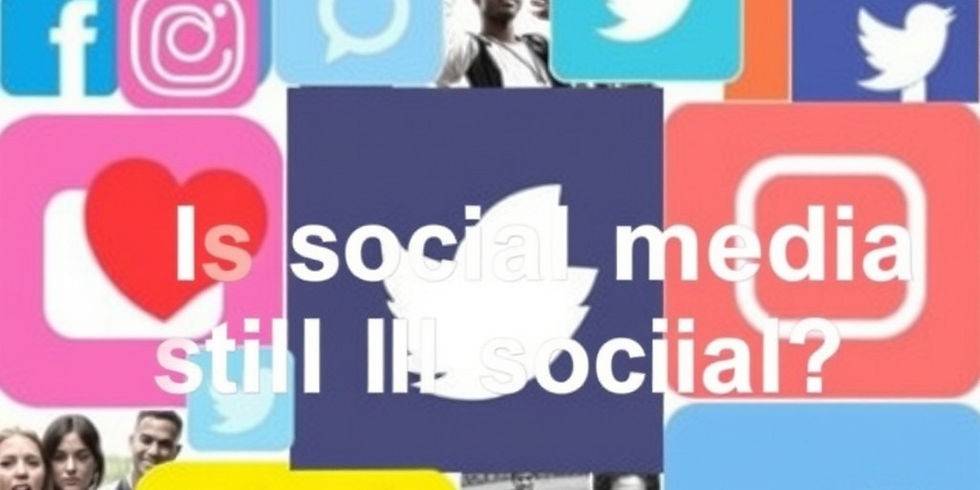The Social Illusion: What Are We Really Sharing?
- sakibuls
- Sep 2
- 2 min read
The shift we’re all feeling
Social media used to feel like a living room—messy, warm, and human. Now it often feels like a marketplace with bright lights and invisible rules. That doesn’t make it less social, but it does make it differently social: curated, optimized, and negotiated with algorithms that reward attention over intimacy.
What “social” means now
Communal sociality: In groups, direct messages, micro-communities, and niche fandoms, identity and belonging continue to thrive.
Performative sociality: Personal branding, aesthetic norms, and the pressure to be present for imagined audiences shape performative sociality.
Computational sociality: Ranking systems, recommendation engines, and metrics govern what and who is visible.
Why this matters for postgraduates
Professional identity:Your feed is a portfolio. The question isn’t “authentic or strategic?” It’s how to be strategically authentic without turning yourself into a product.
Research and insight: Platforms are living laboratories for observing sentiment, discourse, and network effects—if you can separate signal from noise.
Ethics and care: Visibility has consequences. Consider consent, context collapse, and how you represent communities you study or serve.
Make it more social (on purpose)
Dialogue design: Ask questions that invite stories, not just clicks. End with a prompt, not a pitch.
Center communities, not just content: Build ritual, weekly threads, live Q&As, or co-created posts—that give people reasons to return.
Practice radical context: Add captions, sources, and process notes. Show the “why” behind what you share to build trust and literacy.
Measure meaning, not only metrics:Track saves, replies, and community contributions alongside reach. Depth beats breadth for long-term impact.
Diversify touchpoints: Pair public posts with circles, channels, newsletters, or forums where slower, richer conversations can grow.
So is it still social?
Indeed, it can become more social when we choose to make it that way. The algorithm curates attention; people create connections. For postgraduate practitioners, the task is to architect spaces where performance serves communities and metrics illuminate, not replace, meaning.

#TheDigitalMarketingCrew #ECUMKT5325 (Disclaimer: This content is for the sole purpose of teaching and learning at Edith Cowan University)





Comments